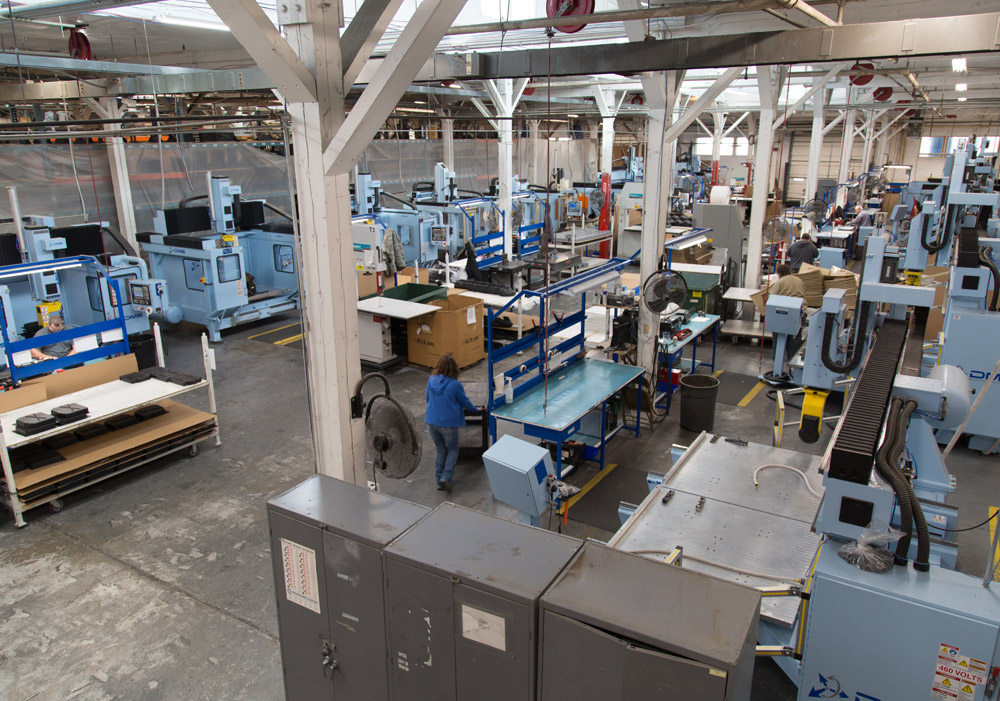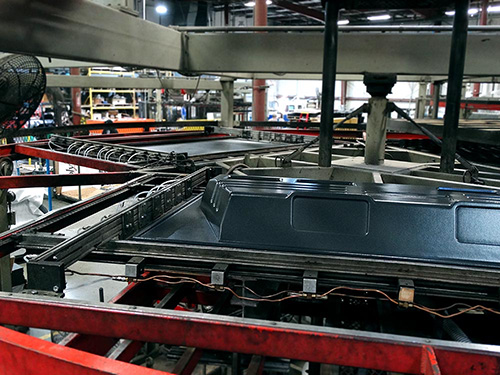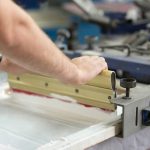
Thermoforming Utilities
The thermoforming manufacturing technique applied to cloth design, including a 3D warping, interlocked weave with intermingled thermoplastic threads, appears to be an appropriate solution to emerging polymeric composites manufacturing needs. The 3D warp interweaves fabric’s stretching capability combined with the tailored woven structure allows it to be a locally bent technique that helps avoid wrinkling or strand displacement in both fabric dimensions. The watery behavior of the 3D weave interwoven fabric can also be improved by optimizing fabric properties per section of the final layout. Further, additional analysis on the light activity of 3D warped service interlocked cloth help to determine the best mixture of fabric characteristics, including cotton yielding, weft and weave weights, 3D interwoven topology, and layer count.
Procedure of Thermoforming
Thermoforming manufacturing is often divided into skinny and silky segments. Reusable goods, such as food containers, are popular in many industries. Durable or heavy goods are more common in silky markets.
- A thin sheet refers to a starting sheet with a thickness of less than 1.5 mm. It’s generally formed in a roll style, with a diameter of 1 to 1.5 meters. The rolls can contain up to 3000 meters of the sheet. The material is fed into continuous-feed thermoformers, also known as roll-fed thermoformers.
- Tough outer sheets are those that have a diameter of more than 0.2 mm at the start. It is often injected and chopped into separate pieces, which are then stacked on boxes. These components are subsequently put into snipped thermoformers, which are either individually or mechanically fed.
Sheets with a width of about 1.5 and 3 mm are frequently too costly for consumable goods and too weak for construction framing. On the other hand, this playmaker sheet is finding a rising market in under-the-hood vehicle applications and sizable, depth drink containers.
Production Via Thermoforming
Some “reusable goods” accounted for almost 80% of the marketplace. Bruise boxes, cardboard boxes, chicken and turkey trays, heated and cooled beverages servings, redeemable food representing trays, pharmacological component dose vessels, waxed cardboard, and restrictive questionnaire cardboard boxes- everything from food items to equipment makes up for a majority of thermoformed goods. In 2007, there must have been about 500 thin-gauge firms in North America, with 700 facilities, 5000 equipment, and 35,000 employees.

As a result, the North American different heat treatment sector employed approximately 40,000 people in 2007, with roughly 750 firms operating 1000 facilities. The Continental thermoforming manufacturing industry is anticipated to account for around 60% of the North American industry. According to recent numbers, the South American sector accounts for approximately 20%, China and South Asia for about 40%, India for about 20%, and the rest of the globe for about 20% of the North American industry.
Conclusion
Thermoforming manufacturing and the procedures and products that go along with it play a significant role in everyday life. Everywhere you look, evidence of these processes can be seen, and you can see how thermoforming benefits our lives and society as a whole.













